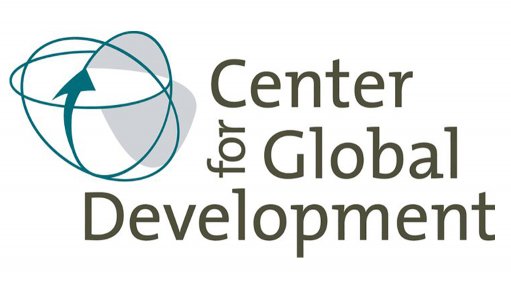
Additionality” is central to claims of impact by development finance institutions (DFIs). At its core is the notion that DFIs are necessary to solve a market failure by providing capital, risk mitigation, or some other benefit to a market that is not delivering these services strictly through private actors. On a micro level, additionality implies a counterfactual: any specific DFI-financed project would not have happened as it happened without the support of the DFI. More broadly, this suggests that the publicly supported finance from the DFI should be additional to, not a substitute for, available private financing. These details matter because without additionality, any claim to development impact is irrelevant and, perhaps worse, suggests scarce public resources are being mis-deployed. A joint multilateral development bank framework claims that “additionality is a threshold condition, sine qua non for considering a potential intervention.”
That means the World Bank’s International Finance Corporation (IFC), Britain’s CDC Group, Norfund, Swedfund, the Dutch FMO, France’s Proparco, Germany’s DEG, the new US International Development Finance Corporation (DFC), FinDev Canada, and many other similar agencies all ride on the notion that they can deliver additionality. For obvious reasons, this has ignited fierce debate and much hand-wringing about what exactly constitutes additionality, how do we know when it is real, and how can we measure it. To which the answer is “we usually can’t, but that is OK as long as we follow some simple rules.”
Report by the Centre For Global Development